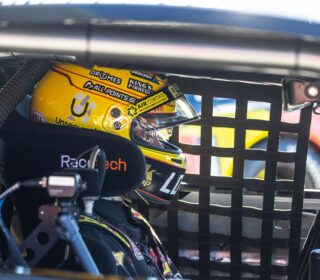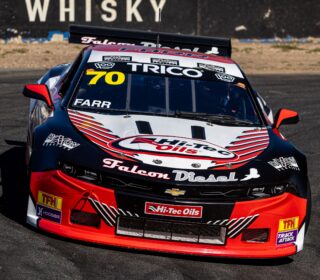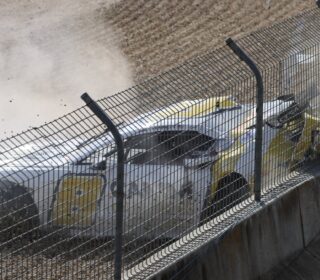WEC: CHARTING THE NEW ERA OF SPORTS CAR RACING
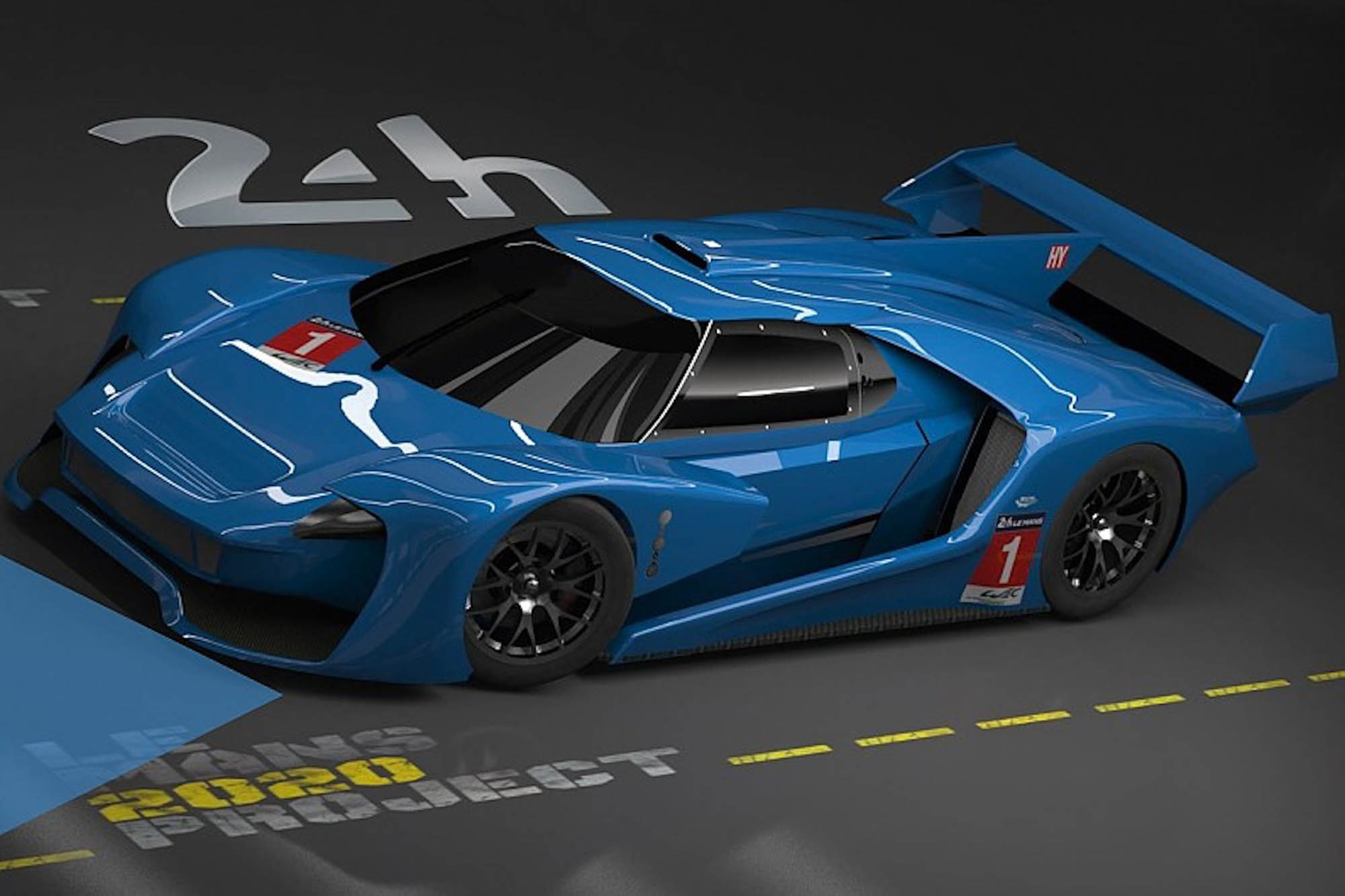
THE FIA WORLD ENDURANCE Championship is going through an era of change, with a long ‘Super Season’ spanning two years and plans for a new set of regulations to drive it to the future. DALE RODGERS takes a look at the series, it’s future and chances of success.
WORDS: Dale Rodgers IMAGES: Andrew Hall
THE WORLD Endurance Championship Super Season is a strange and unprecedented beast.
When announced in February 2018, the thought of two Le Mans 24 Hours as part of the ‘one’ season and a Sebring event that would host two 12 Hour races on the one weekend sent the sceptics into overdrive.
But the strategy behind the calendar spanning 2018 and 2019 was carefully thought by the organisers as the WEC had to span a period if time to make way for a new rules package.
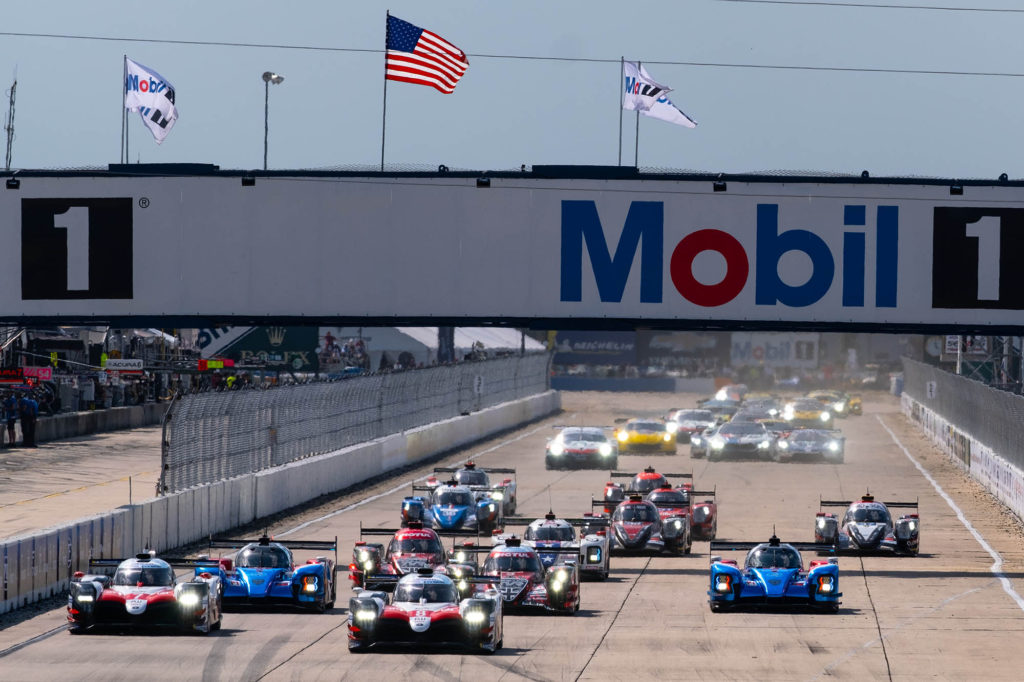
PHOTO: Andrew Hall.
A new premier category of cars, replacing the current LMP1 prototypes, will be introduced from 2020 and the ‘Hypercar’ era will have begun.
The headlines of these 2020-2021 ‘Hypercar’ regulations are that the budgets will be reduced to a quarter of what was spent by current hybrid manufacturers, that the cockpit will be bigger, and safer with a revised upright seating position, that the weight limit will be 980kg (with weight distribution capped as it is in Formula 1) and that the engine design will be free.
A complicated change. To try and unravel some of the strategy behind the new look WEC, The Race Torque spoke to long time series commentator and sports car racing expert, John Hindhaugh.
“This transition season had to happen. It was a bold move by the ACO, and something that had been talked about for three years or so. It always meant that the first year would be a bit of a hybrid,” Hindhaugh explained.
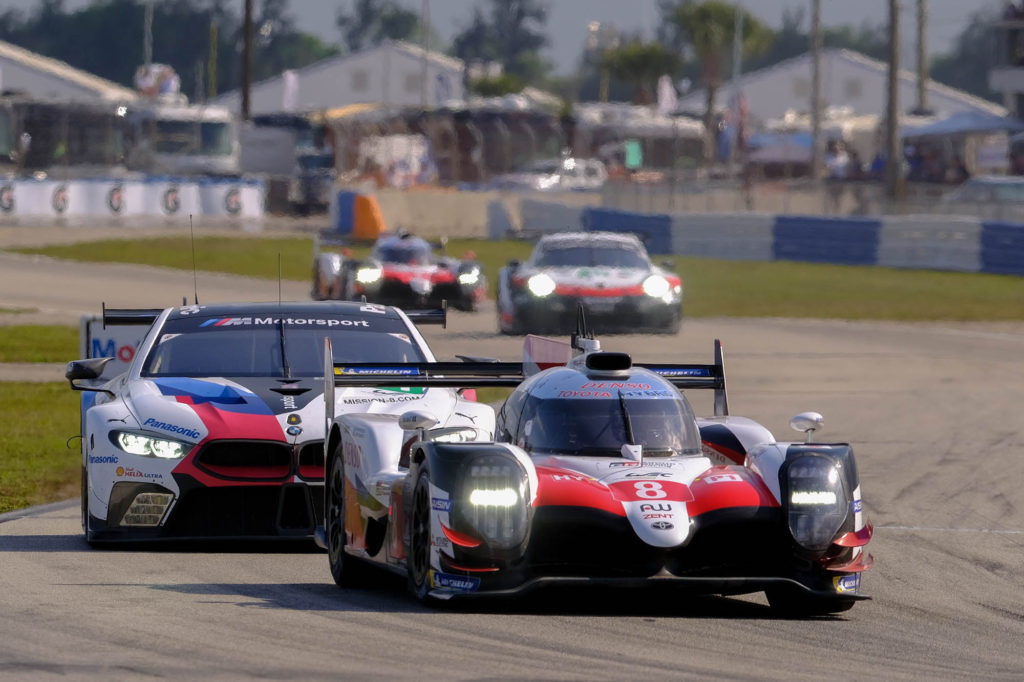
PHOTO: Andrew Hall
“What we are coming out of is a decade and half of growth in Endurance Racing which has been unparalleled in the history of the sport. You cannot have entities of the size and spending power such as Audi Sport, Porsche and before that Peugeot, walking away and expect that status quo to stand still. Forget about the cars not being there because that is only part of the equation. The financial stability that those manufacturers bring to Le Mans and the World Endurance Championship and the amount of promotion they bring on a global scale through their advertising and promotion is as hard if not harder to replace than six or eight cars on the grid.”
The importance of Le Mans to the WEC and indeed World Sports Car Racing is an integral part of the transition to new regulations from 2020.
Hindhaugh believes that the ACO, the FIA and the WEC Management have been very smart by, on the one hand, recognising that there is nothing wrong with the current series as it boasts a mix of around thirty six cars at every event.
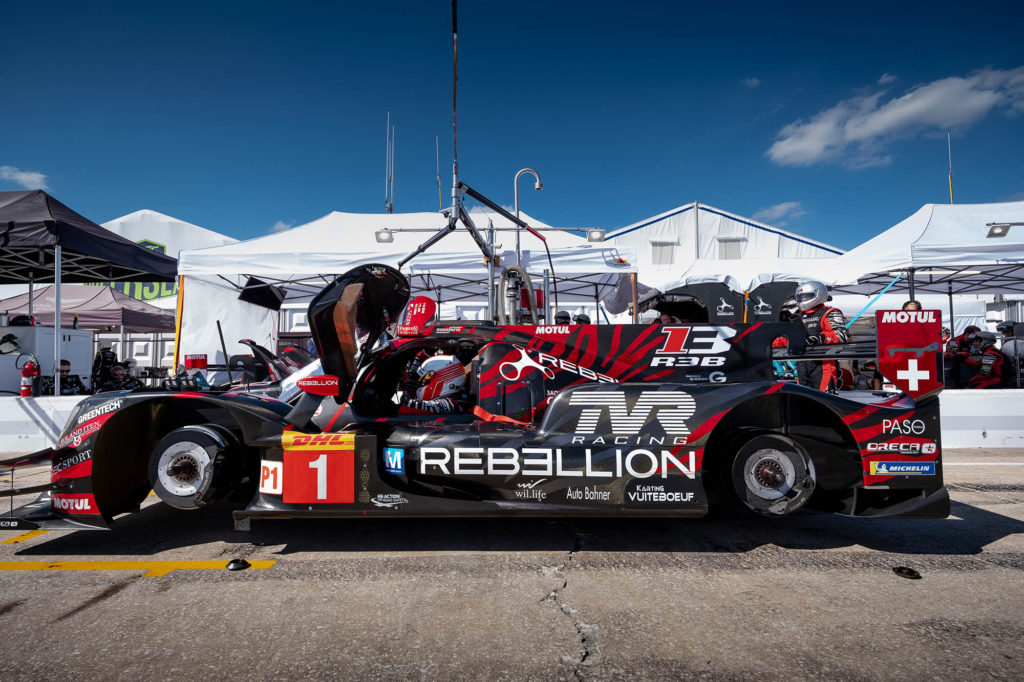
PHOTO: Andrew Hall
However, by changing the rules in stages and not pulling apart all the class structures at once, he believes that this next period will be relatively seamless.
Overall, the ACO and FIA are clearly trying to keep LMP1 or these new ‘Hypercars’ as an interesting platform for manufacturers to develop road relevant technologies. However, to ensure the financial sustainability of teams, they have also attempted to control costs. This is the challenge facing every major motor racing series in the world and the WEC is not immune.
The cost of LMP1 competition in the hybrid era is only achievable by full blown manufacturer entries. The LMP1 privateer teams such as Rebellion and SMP have produced outstanding results with their more traditional power plants and successfully found a level between the current LMP1 factory Toyota entry and the LMP2 class.
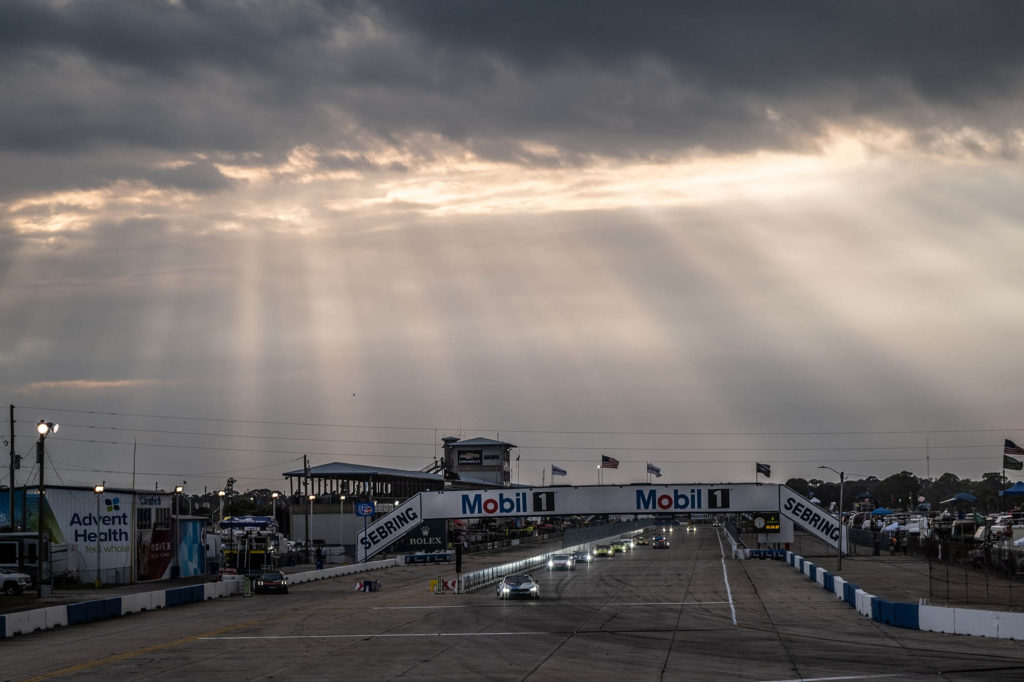
AMAZING PHOTO: Andrew Hall
As we head towards the end of the 2018/19 WEC ‘Super Season’ the WEC and ACO must start to get firm commitments from manufacturers now the FIA has signed off on the regulations.
It is known that McLaren, Ferrari, Toyota, Aston Martin, BMW and Ford have all been targeted as well as niche producers such as Ginetta, Scuderia Glickenhaus and our own Brabham, but at this stage there are no commitments to 2020. McLaren’s CEO Zak Brown has said that it is looking seriously at the Hypercar WEC program, but it would seem Ford and BMW have firmly closed the door on the idea.
However, one thing is for sure Le Mans as the jewel in the WEC crown will survive.
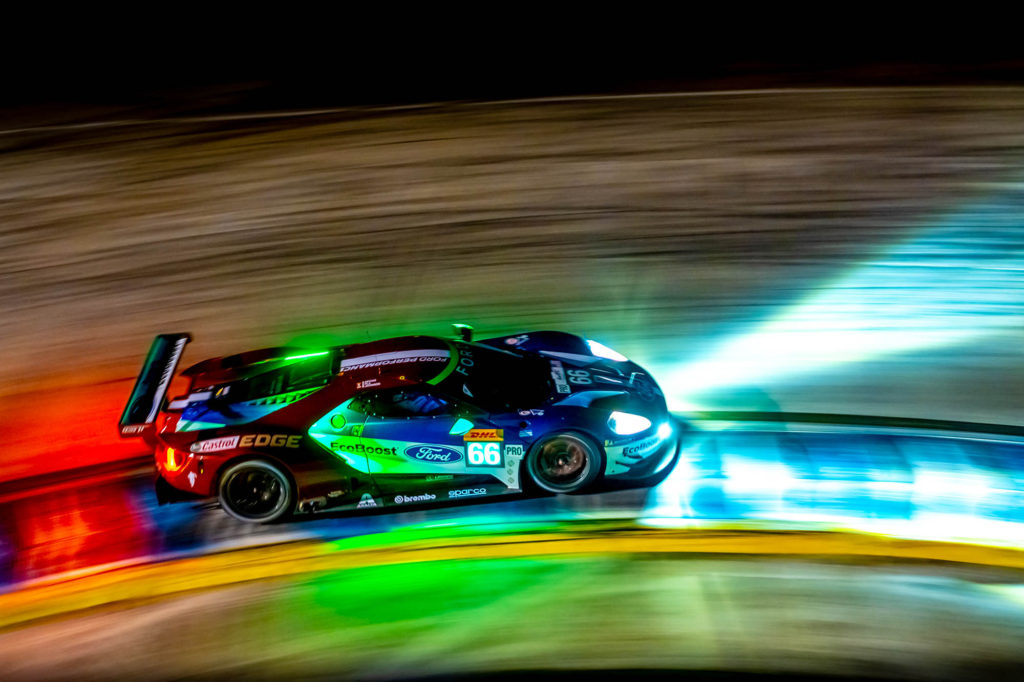
ASTONISHING PHOTO: Andrew Hall
“People are getting too hung up on what the regulations might be. What the regulations might not be. Who may be coming, who will not come,” Hindhaugh said. “Le Mans will always survive and the WEC has gone past its time now where there were worries. Whatever 2020 brings – whether it is a grandfathering in of cars that are already there, whether it is a phased introduction of the whatever the final 2020 regulations look like – Le Mans and the WEC will be fine.’
A fascinating mix awaits sports car fans as we move to the next decade. There will be new entrants and a new look to the WEC no matter what.
But it would seem that the transition, albeit still in its infancy, is in safe hands.
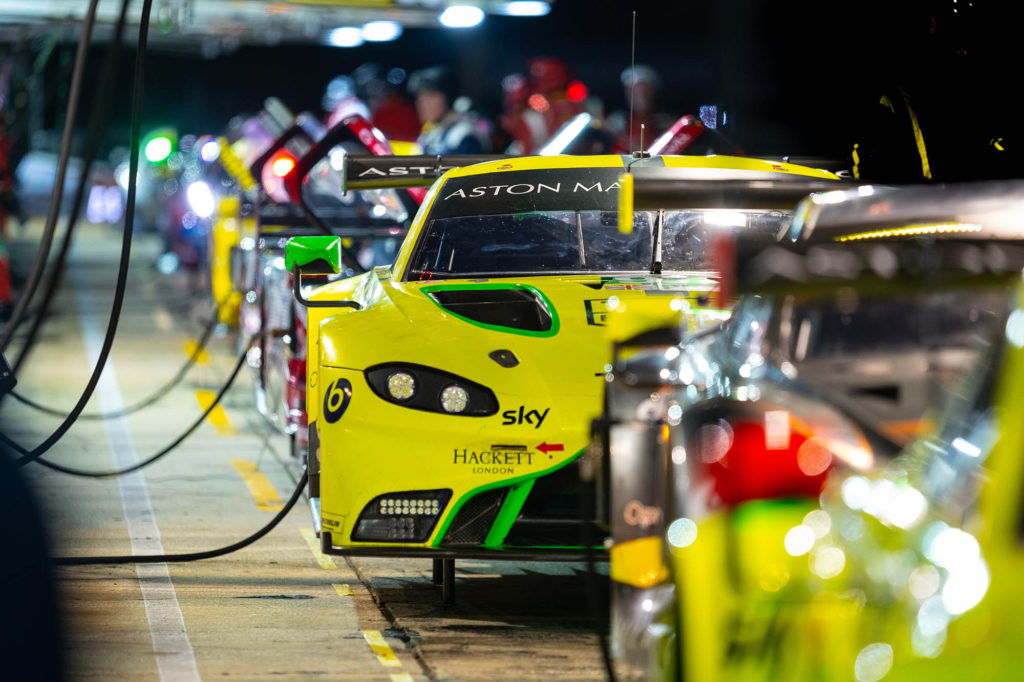
PHOTO: Andrew Hall



